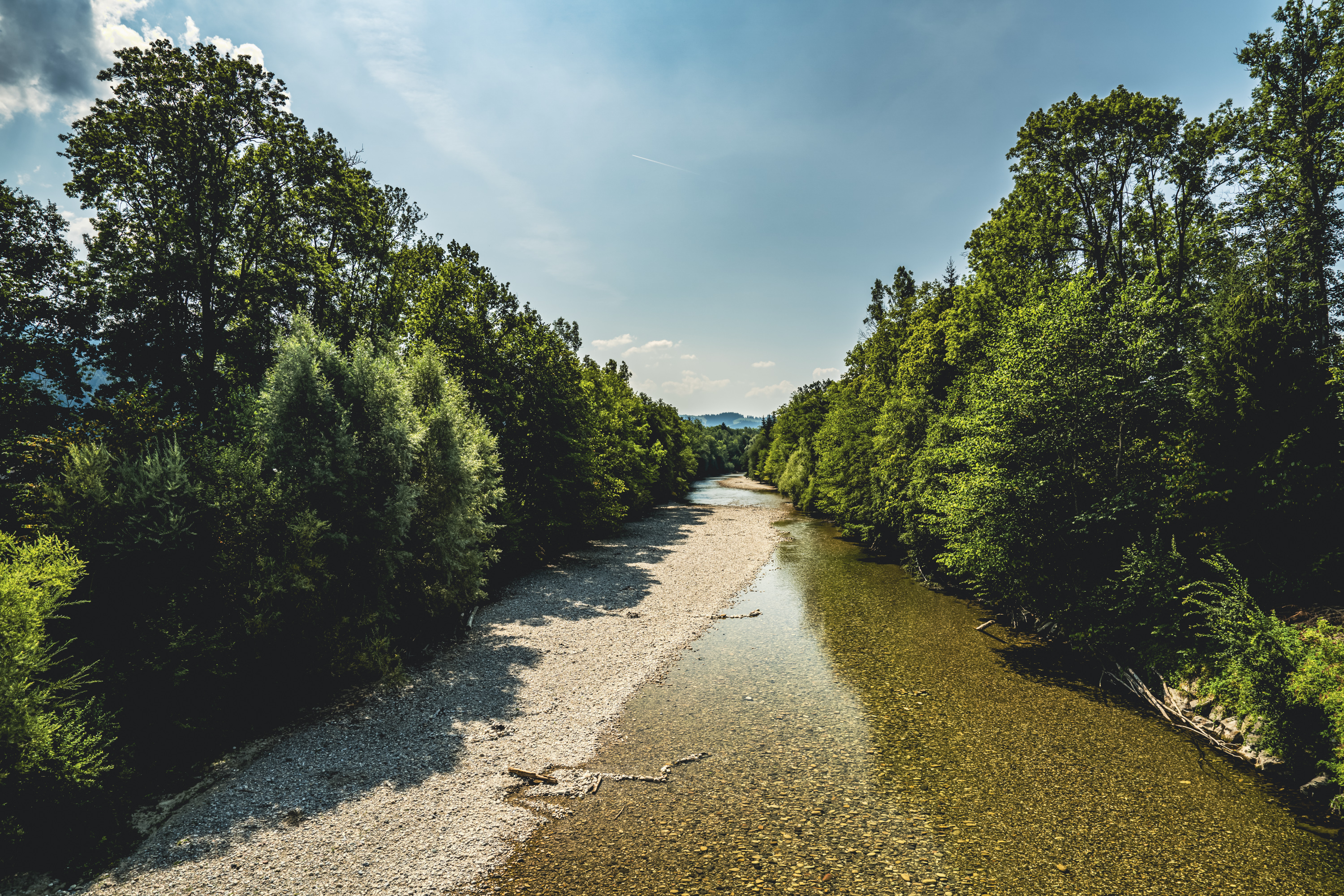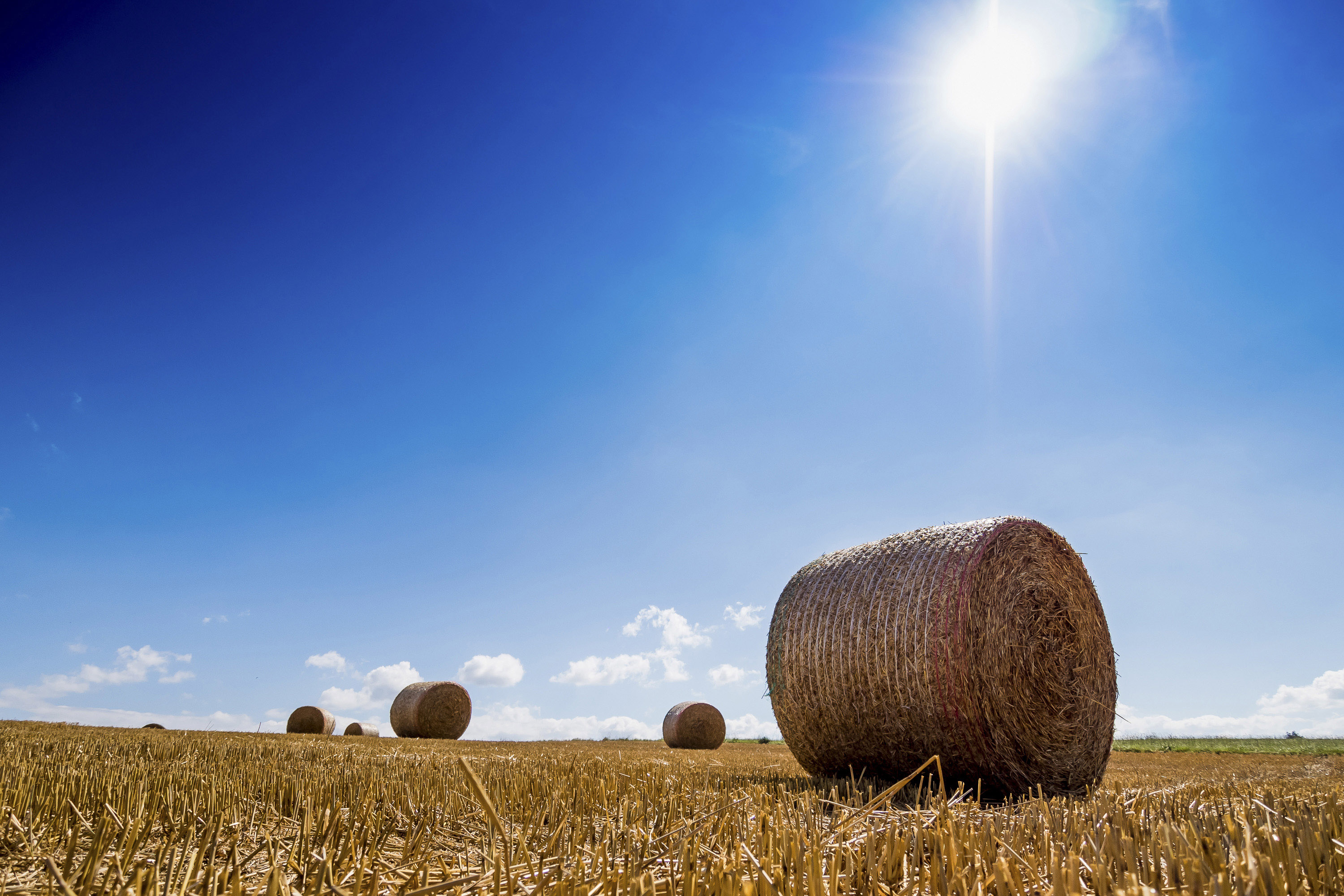Effects of climate change
More rain-free days
As climate change progresses, the tendency towards drought continues to increase. Towards the end of the century, a drought that has previously occurred once or twice every ten years could occur every second year.
The National Centre for Climate Services (NCCS) predicts that on an average rainy day in summer there will be a similar amount of precipitation as before. However, the number of rain-free days will increase. According to the 2060 scenario, the longest dry period of the summer could last on average up to around a week longer than today.
Warning system structure
Development of a warning system
In 2022, the Federal Council decided to establish a nationwide early-warning and detection system. Today, the National drought platform is live: it documents past drought developments, offers forecasts for the coming weeks, and visualizes the relevant influencing factors so that drinking water suppliers as well as farmers can plan proactively.
Effective measures
Effective measures
Drought affects everyone directly and/or indirectly. In order to meet the drinking water requirements of the population as well as the needs of the agriculture (economy) and the environment, the communes and cantons must undertake overall planning. The federal government outlines various options for action to help agriculture cope with the drought. Examples of further measures include
Canton Solothurn leads the way
How can farmers keep their livestock in dry/warmer conditions? And how do they irrigate their crops? The canton of Solothurn has formulated specific measures for agriculture in an action plan for adapting to climate change, such as advice on livestock farming or the development of irrigation concepts.
Cascade of natural hazards

Surface runoff
Dry soils absorb water less quickly. Surface runoff increases during heavy rainfall

Forest fire
The risk of forest fires is increasing

Heat/cold
Dry spells are often accompanied by heatwaves in summer

Storm
Storms during the drought can have devastating consequences: The soil erodes faster and trees are more likely to break




